Author: francesco
Compiled by: Block unicorn
Introduction
In the past few years, Ethereum has been at a crossroads.
Increasing criticism has led to changes in the foundation's leadership, with hopes for broader scrutiny to enhance transparency and participation, and a greater focus on value capture at the L1 level.
Previously, it was rare to see executive directors speaking on multiple panels at Ethereum conferences. This week, I was pleased to see Tomasz K. Stańczak (Co-Executive Director of the Ethereum Foundation) participating in as many events and panel discussions as possible.
This is truly refreshing, and I hope it heralds a positive direction for the future.
So… what is the future vision for Ethereum?
How do we ensure that this vision is well executed?
This article provides an overview of Ethereum's vision.
Goals
To have a structured vision, we must start with goals.
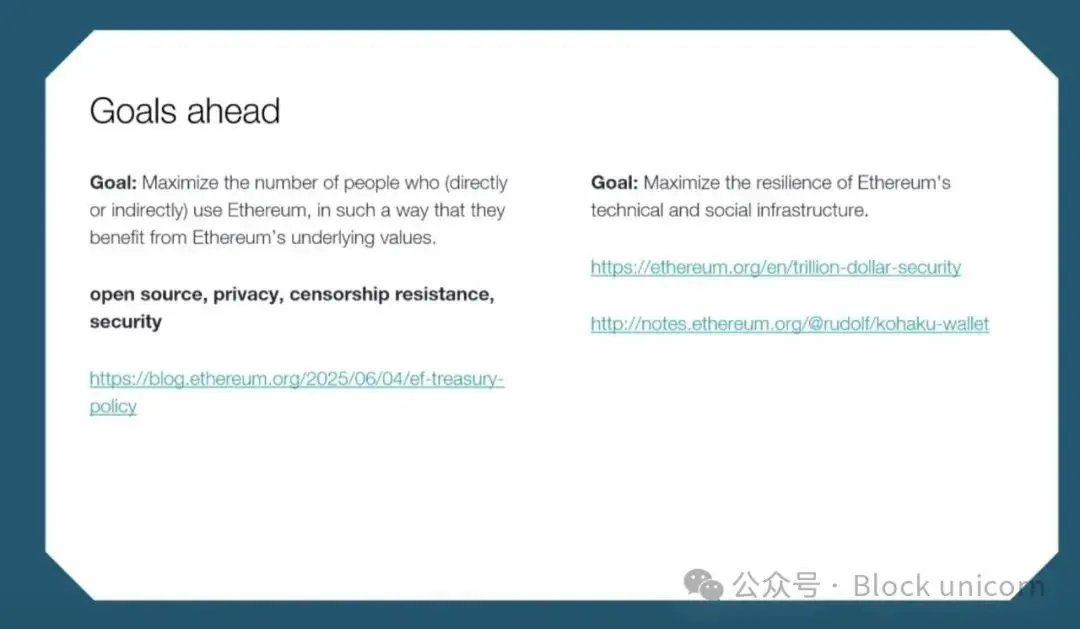
For Ethereum, the main goals are as follows:
- Return to the spirit of crypto, focusing on how to protect privacy and trustless features.
This is not just about attracting new users, but ensuring they can leverage these values and spirit to build upon.
Building, yes, but with purpose and values.
- Ensure that Ethereum remains the most secure and resilient blockchain infrastructure.
This resonates with a post by Vitalik about "trillion-dollar security."
This is part of a broader discussion about security:
How to enhance Ethereum's security?
How to effectively communicate this to users?
How to ensure that both institutions and users can fully leverage this?
Most importantly:
How do we ensure that all technological developments continue to uphold Ethereum's core spirit and values? No shortcuts, no compromises.
Recently, many have criticized Ethereum and felt somewhat distanced from the developers.
However, this situation seems poised to change.
In fact, we can expect the Ethereum Foundation to adopt a slightly more proactive approach and establish new funding policies. Thomas indicated that this will be used to explore efficient and sustainable DeFi protocols and strategically allocate funding, shifting from a passive approach to guided management.
This is just one of a series of challenges that will have a profound impact on Ethereum's long-term future, including:
Regulatory clarity
AI adoption
Privacy issues
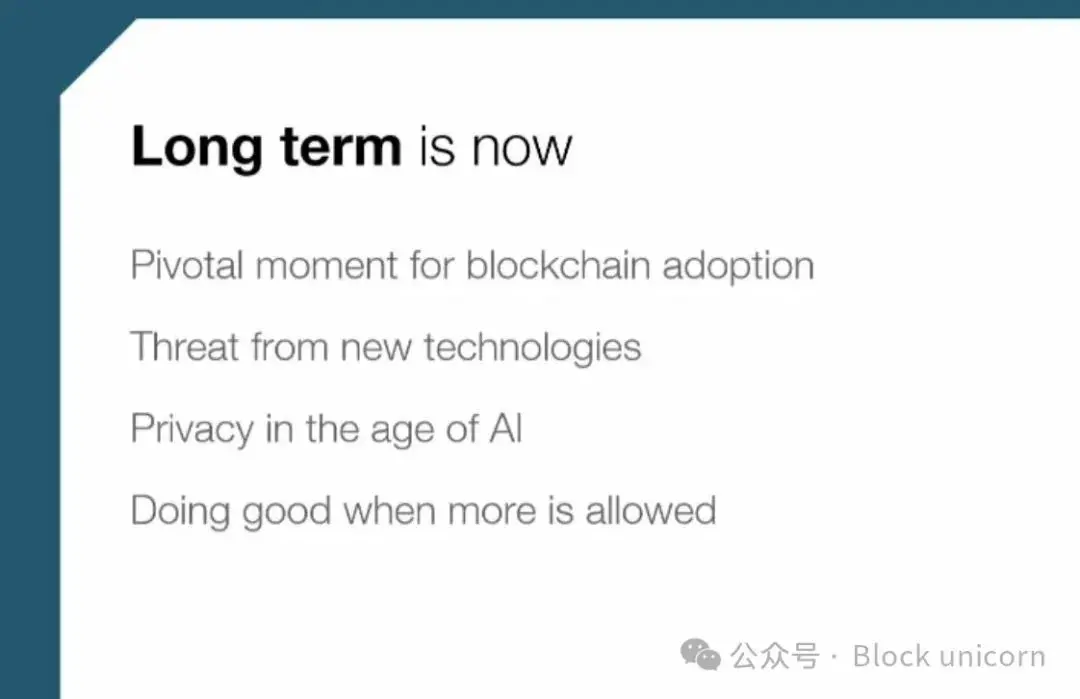
One key aspect and recent major trend is the increased rate of institutional adoption.
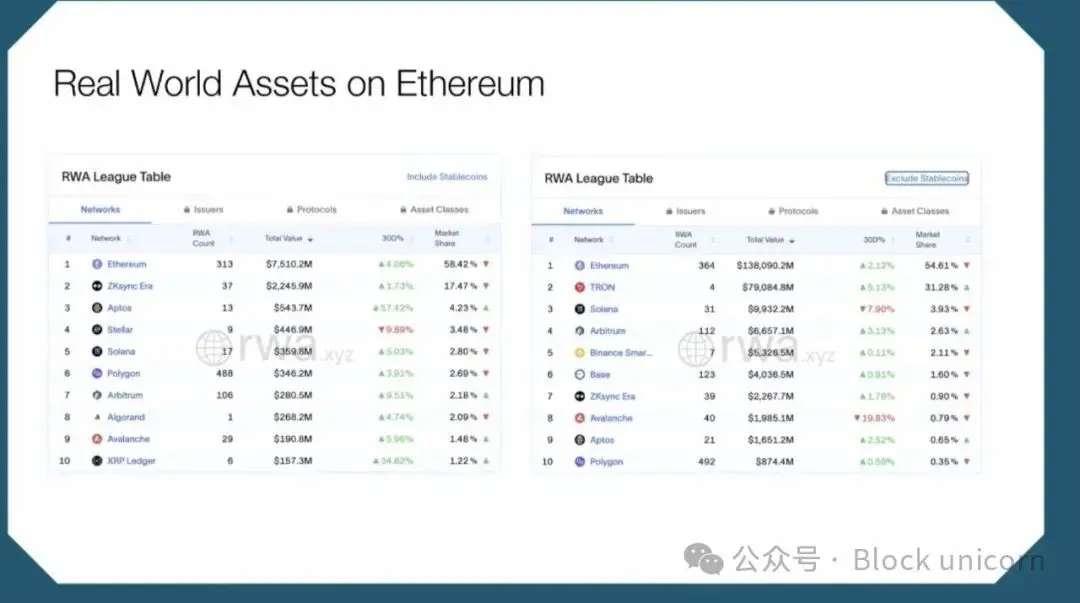
The future vision for Ethereum is to treat various fields and industries as modular components, making them open-source and removing intermediaries.
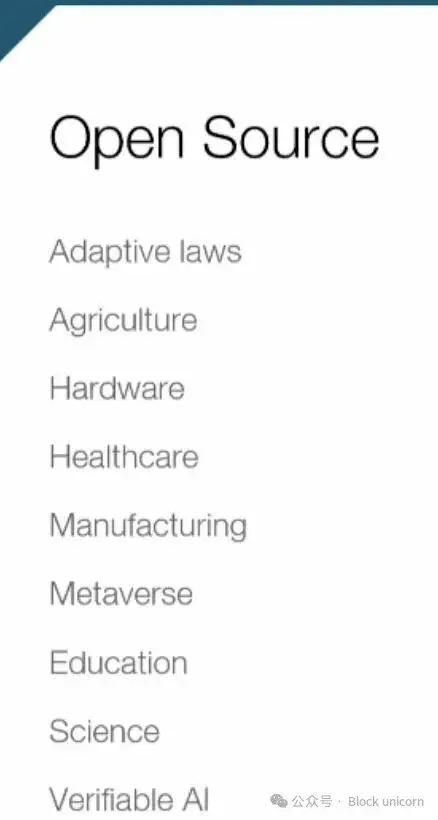
In turn, these modules will ensure a smooth transition from Web2 to Web3, eliminating friction between institutions.
Imagine health agencies in different countries being able to open up and contribute to health data repositories. All of this is secured through interactions on the Ethereum chain, ensuring the safety and verifiability of these solutions.
The ultimate goal? To allow users to trade all global assets on-chain.
Challenges
However, to achieve this goal, Ethereum needs to address some major challenges and confusions faced by users.
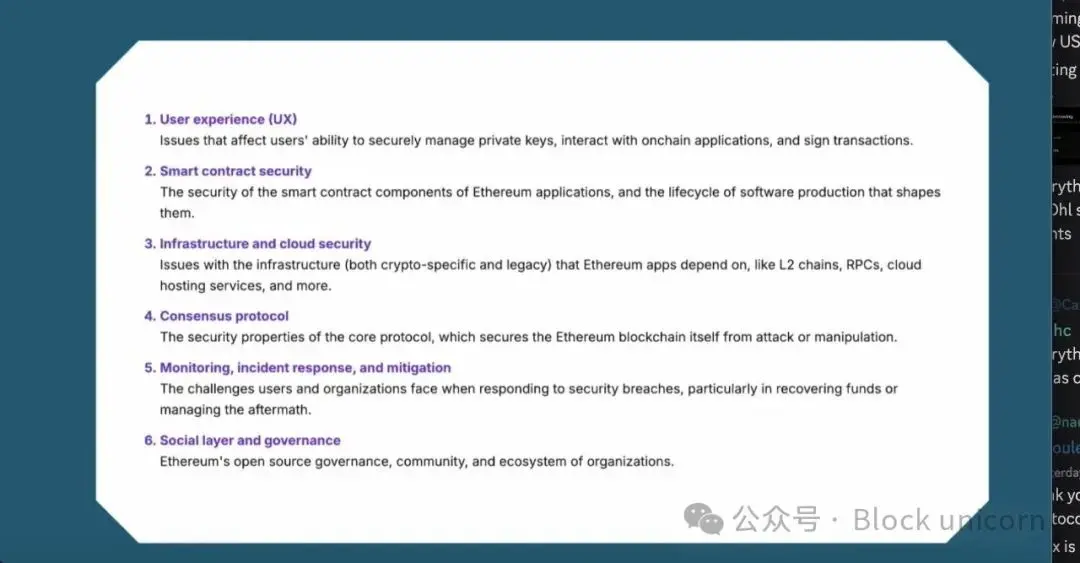
Therefore, the future focus will be on addressing some major challenges related to on-chain privacy and identity verification, and tackling the threats posed by AI by establishing Ethereum as a trusted layer for AI execution.
Trusted neutrality.
Globalization.
Privacy and security by design.
All of these will create a diverse environment, establishing a social structure that enables collaboration among different participants, with the ultimate goal of making Ethereum a resilient network.
To truly resist centralization, it is essential to ensure participation from around the globe and incorporate diverse voices and approaches to build a truly global network.
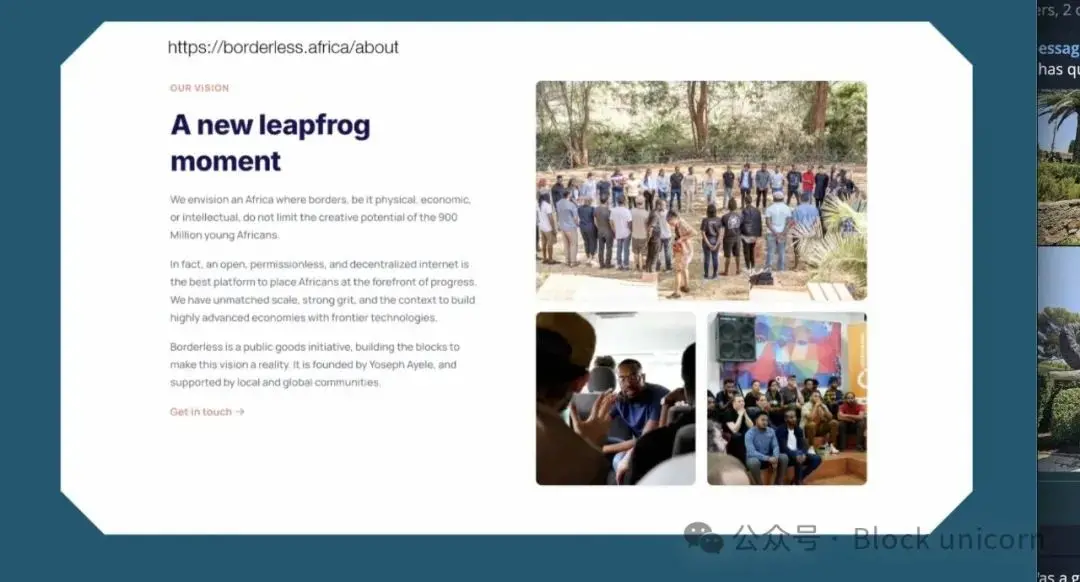
This will enable Ethereum to listen to important issues and empower diversity and variety.
Hearing about the tension between L1 and L2 is also refreshing, as the Ethereum Foundation has made it clear that there is no opposition between them.
On the contrary, Ethereum will more actively guide how to ensure these L2s reach the second phase, protecting users through Ethereum as the underlying foundational layer.
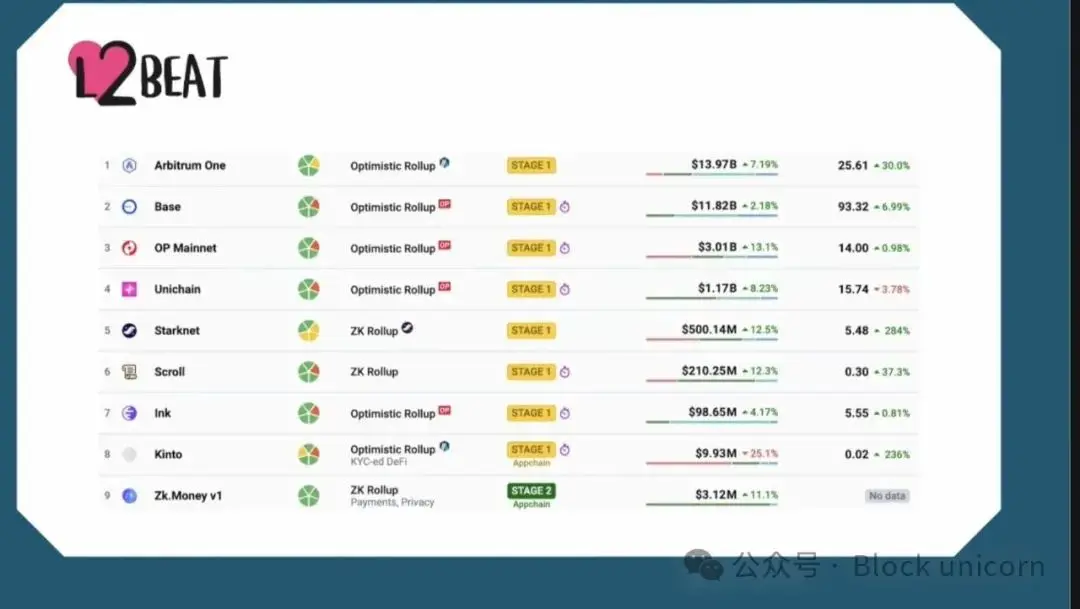
Last but not least, we have seen the emergence of real-time blockchains like MegaETH, as well as other fast networks like Monad and Hyperliquid.
This also raises questions about interoperability and integration:
How to ensure they connect with the Ethereum mainnet?
How to build a blockchain with a 25-millisecond block time that inherits Ethereum's security parameters?
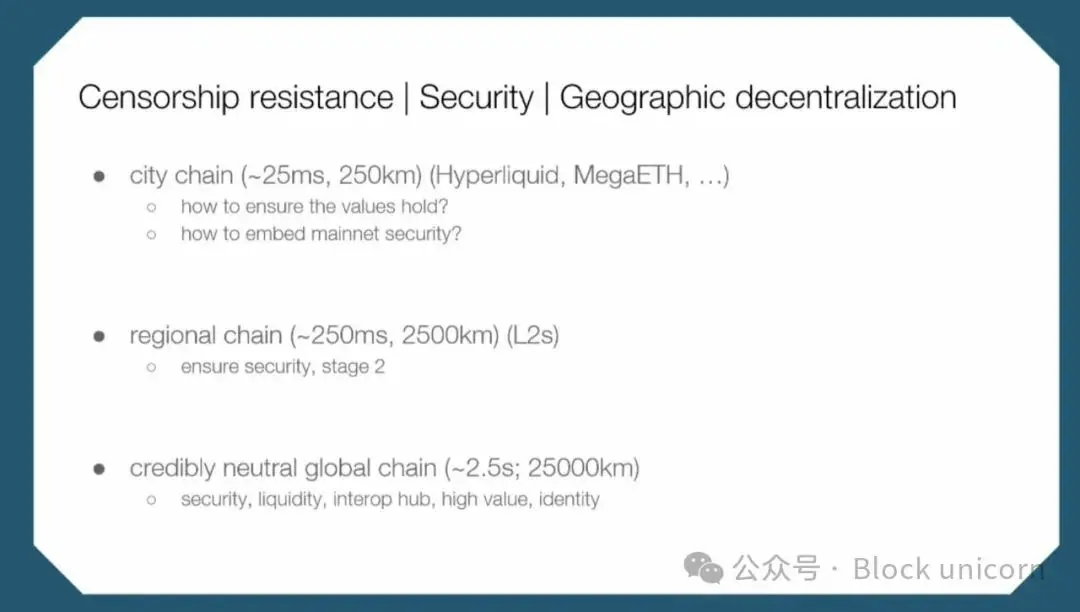
Therefore, new tools need to be introduced to verify where new challenges can be identified and ensure that clients can integrate with these networks.
This opens up a new creative space for client development.
All Ethereum client teams agree that each block consumes 45 million or even 60 million Gas, with the goal of reaching 100 million Gas by the end of this year or the first quarter of next year.
Internal restructuring will help achieve this goal, and modular teams will be dedicated to achieving common objectives:
Scaling L1
Scaling Blob
Improving user experience
Enhancing interoperability
You heard it right: scaling L1 (a previously neglected area) is one of these goals.
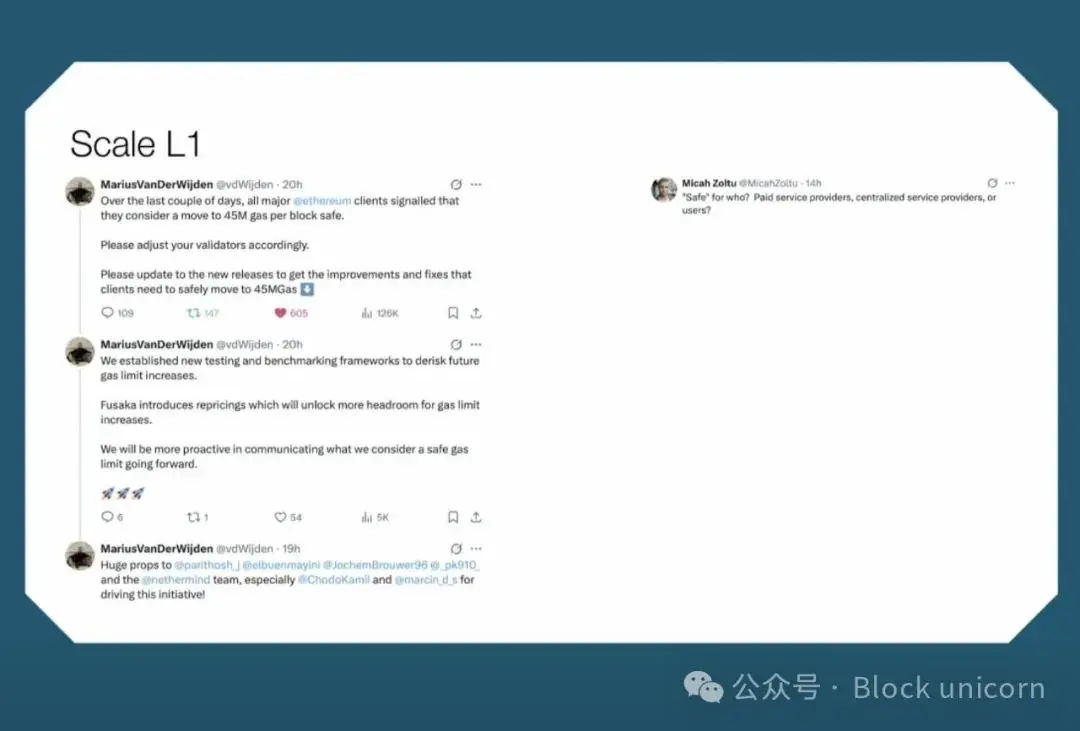
I personally hold an optimistic view of Ethereum, welcome this awakening, and hope to see further progress.
Recommended reading:
After a 70% drop, still at a 100% premium? The suspense of SharpLink's ETH gamble continues
The adult tiger changes, Ethereum is undergoing a "bone change"
Climbing to the top of Douyin's hot search list, has E Guardian really turned the tide this time?
免责声明:本文章仅代表作者个人观点,不代表本平台的立场和观点。本文章仅供信息分享,不构成对任何人的任何投资建议。用户与作者之间的任何争议,与本平台无关。如网页中刊载的文章或图片涉及侵权,请提供相关的权利证明和身份证明发送邮件到support@aicoin.com,本平台相关工作人员将会进行核查。




